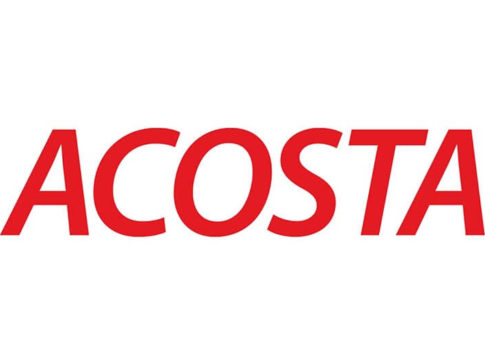With the novel coronavirus dramatically affecting industries across the U.S. and the world, Acosta — a leading full-service sales and marketing agency in the consumer packaged goods industry — announced today a new research initiative to track evolving consumer shopping habits and provide guidance to help retailers and brands keep shelves stocked.

“The coronavirus has put many industries in a state of flux. As we all navigate this new reality, Acosta is committed to continuing to offer best-in-class service to our brand and retail partners,” said Darian Pickett, CEO of Acosta. “Today, we are sharing our initial insights into shoppers’ perspectives and how they are impacting retailers. We are well aware that these habits and their impact will fluctuate and evolve rapidly in the coming days, weeks and months, and as such, we are continuing to monitor the situation. We will offer updated insights as they become available, so we can best guide the industry on the path forward.”
Acosta is offering its first look into how the virus, declared a pandemic on March 11, 2020, is impacting the U.S. CPG and retail industries specifically. This initial research was gathered via an online survey using its proprietary shopper community conducted between March 6 and 12. Acosta will continue to conduct research and will share updated data and recommendations for retailers and manufacturers on how to best meet consumers’ needs as this situation continues to develop.
Acosta’s first COVID-19 research report provides an overview of shoppers’ priorities and changing habits, as well as rules of engagement for retailers and brands, including:
Priority Items for Shoppers:
- U.S. shoppers indicated purchasing the following items specifically because of the coronavirus.
- Hand sanitizer: 30 percent of total U.S. shoppers
- Disinfecting wipes: 28 percent
- Household cleaners/disinfectants: 25 percent
- Antibacterial hand soap: 24 percent
- Paper products: 24 percent
- Bottled water: 22 percent
- Canned foods: 20 percent
Changing Habits: Online Grocery Shopping on the Rise
- In the four weeks leading up to March 12:
- Thirty-four percent of shoppers ordered grocery items online for pick-up at the store.
- Twenty-five percent made more online grocery orders for store pick-up.
- Fifty-eight percent of Gen Z/Millennial shoppers (ages 18-39) ordered grocery items online for store pick-up.
- Thirty percent made more online grocery orders for store pick-up.
- Thirty-four percent of shoppers ordered grocery items online for pick-up at the store.
Rules of Engagement for Retailers and Manufacturers:
- Retailers should consider shopper purchase limits for the most in-demand preventative/pantry-loading items.
- Retailers should consider offering special store hours for at-risk shoppers (seniors, age 65+); or control store count to help shoppers and staff maintain social distance.
- Retailers need to ramp-up online purchasing and order fulfillment capacity, as demand is expected to grow in the near term.
- Retailers can modify store hours to accommodate restocking and sanitizing and look for creative approaches to staffing, like reassignment to store support.
- Manufacturers can consider postponing product promotions until later in the year, so inventory issues aren’t exacerbated.
- Manufacturers should focus production on core items and consider adding seasonal staff to support incremental production needs.
- Manufacturers should provide solutions to help stores maintain inventory of key preventative and pantry-loading items with pallet quantities/store direct ship.
Acosta’s research was gathered via online surveys using the company’s proprietary shopper community with more than 500 shopper respondents between March 6 and 12, 2020.





